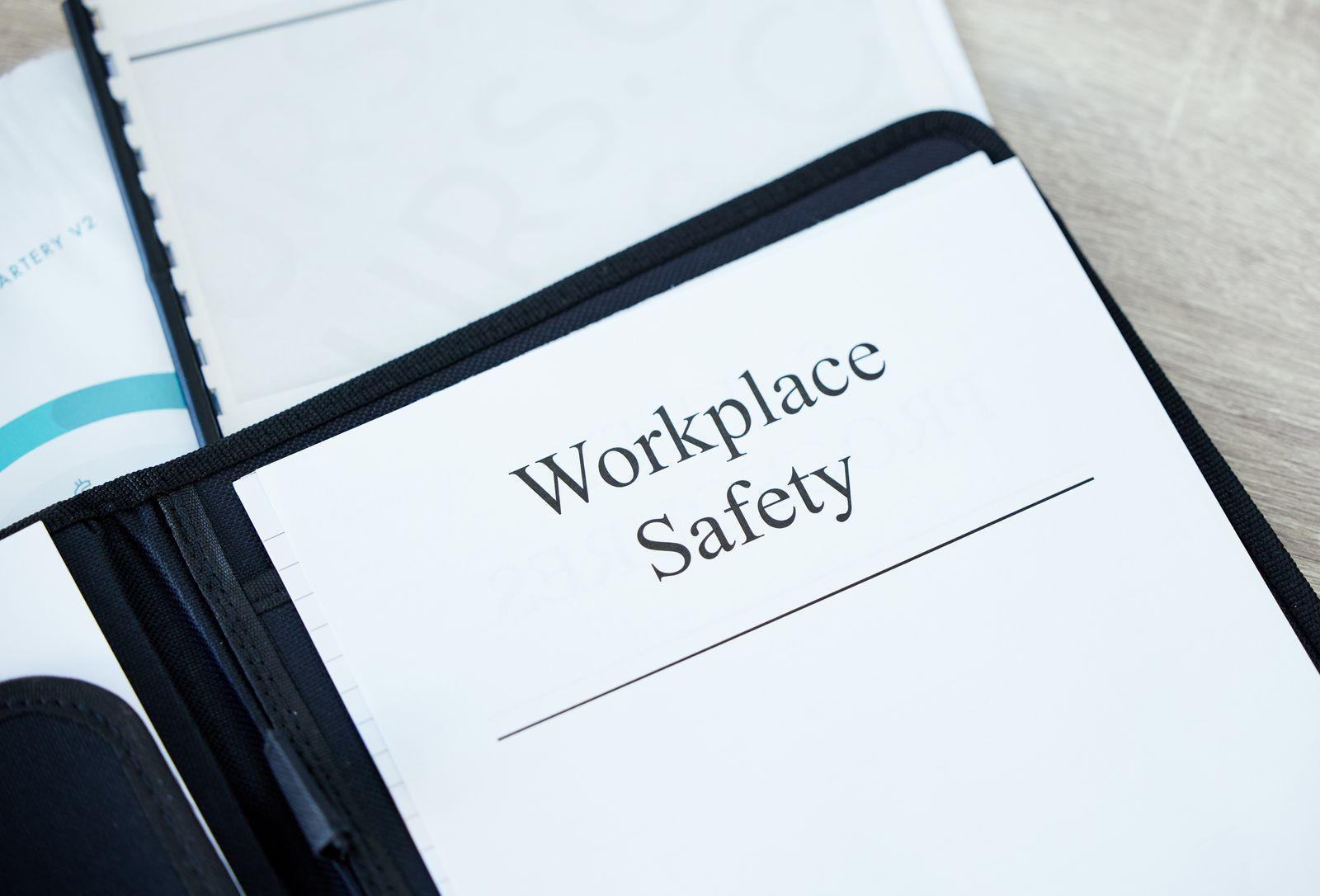The rise in fatal occupational injuries from 2021 to 2022 is “alarming and unacceptable” to the AFL-CIO.
“In 2022, 5,486 people in the United States died because of their job,” said the AFL-CIO. “The job fatality rates for Black and Latino workers both increased compared with the previous year. Immigrant workers accounted for 64% of Latino worker fatalities.” Overall, fatalities on the job rose 5.7%.
The Bureau of Labor Statistics released the numbers in late December 2023 from its rolling data-gathering from all over the country. BLS said the Census of Fatal Occupational Injuries—the official name for the count—increased from 5,190 in 2021 to 5,486 in 2022, or 5.7%. The national fatality rate also rose, from 3.6/100,000 full-time workers in 2021 to 3.7/100,000 in 2022. It was 3.4/100,000 in 2020.
“A worker died every 96 minutes from a work-related injury in 2022 compared to 101 minutes in 2021,” the agency added.
In the face of such numbers, AFL-CIO President Liz Shuler was angry the Republican-run House majority wants to cut Occupational Safety and Health Administration spending, enforcement and powers by double-digit percentages in the fiscal year starting Oct. 1, and hobble the Mine Safety and Health Administration’s enforcement money and powers, too.
“No family should ever have to experience the agony of watching a relative leave for a shift and never come back home,” Shuler declared. “We cannot and will not accept this tragic loss of human life as unavoidable. Workplace fatalities are preventable, but irresponsible employers treat workers as disposable and their deaths as abstract numbers calculated into corporate bottom lines.
“We refuse to allow CEOs to shrug off worker deaths as inevitable or House Republicans to propose cut after cut” to the two safety agencies, she said. “Maintaining a safe workplace should not be a divisive, partisan issue. Now is the time for more resources, standards and agency oversight to ensure our family members have the protections they need to come home at the end of the day.”
A breakdown of the federal figures shows logging was again the most-dangerous occupation, at 100.5 fatal occupational injuries per 100,000 full-time workers. It was also followed, as usual, by roofing (57.5/100,000), and hunting and fishing (50.9/100,000). Next came construction helpers (38.5/100,000), pilots and flight engineers (35.9/100,000) and truckers (30.4/100,000).
Unlike past years, BLS did not provide fatal occupational injury rates by state, instead just giving the gross figures for each state for 2021 and 2022. The past state rates disclosed an uncomfortable political truth for “red” and "right to work" states that take lax attitudes toward job safety, especially those dependent on oil and mineral extraction. Working in them was unsafe.
Wyoming, for example, annually led that list. This time, with just the raw numbers available, 34 workers died from fatal injuries there in 2022, up seven (26%). from the year before.
As might be expected, California led the nation in fatal occupational injuries, due to its sheer size. The 2022 number was 504, a 9% increase. Red states, plus Arizona—now purple—showed large increases. It went from 67 deaths in 2021 to 103 in 2022 (+54%). Mississippi’s deaths almost doubled from 41 to 78 and West Virginia’s rose by a third, from 36 to 48, for example. Alabama was an exception, down from 111 deaths in 2021 to 74 last year.
“Workers should never, ever have to risk their lives to earn a paycheck,” said Jessica Martinez, co-executive director of the labor-backed National Council for Occupational Safety and Health. “If employers listen to workers and adopt preventive and comprehensive safety measures, we can stop worker deaths.
“This year again, we see that Black and Brown workers are dying at a higher rate than other workers,” said Martinez. “This disparity reflects both historical and current discrimination in our workplaces and cannot be tolerated. All workers have a right to get home safe and sound after a day at work.”
